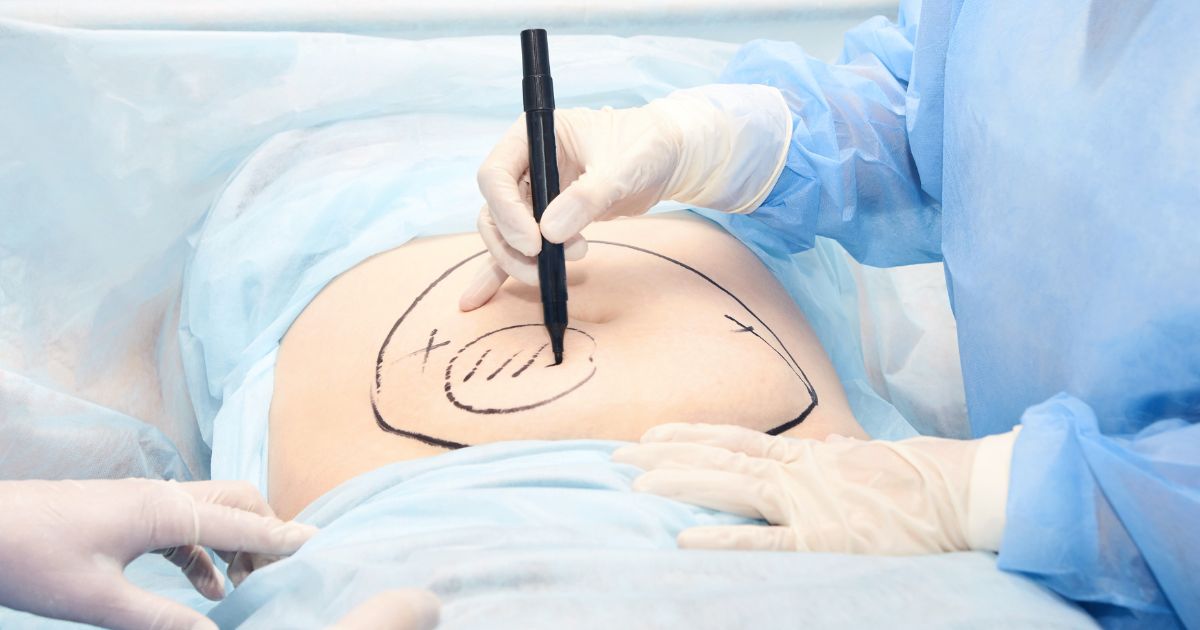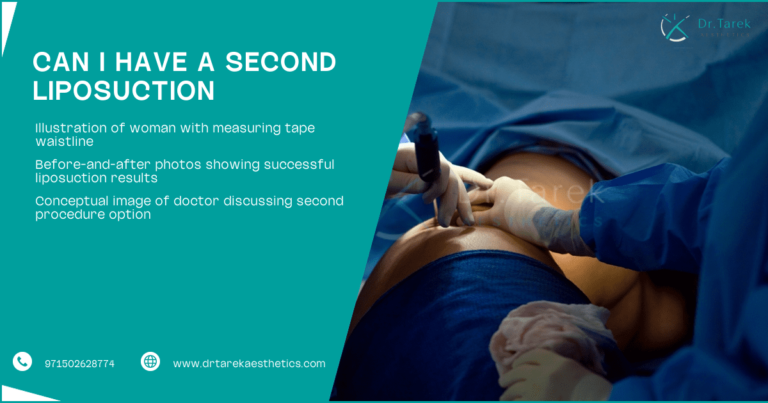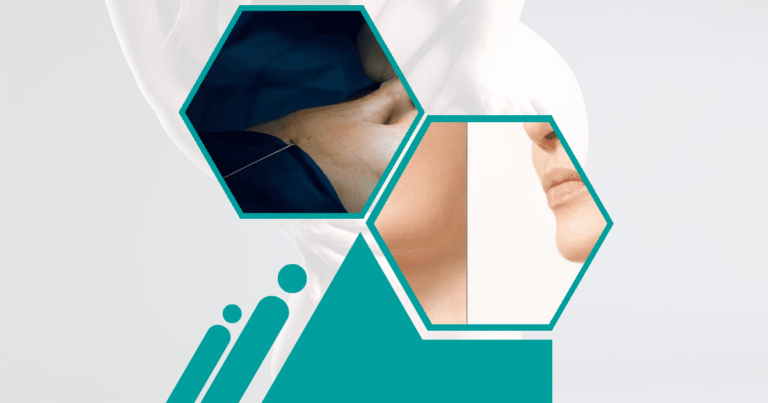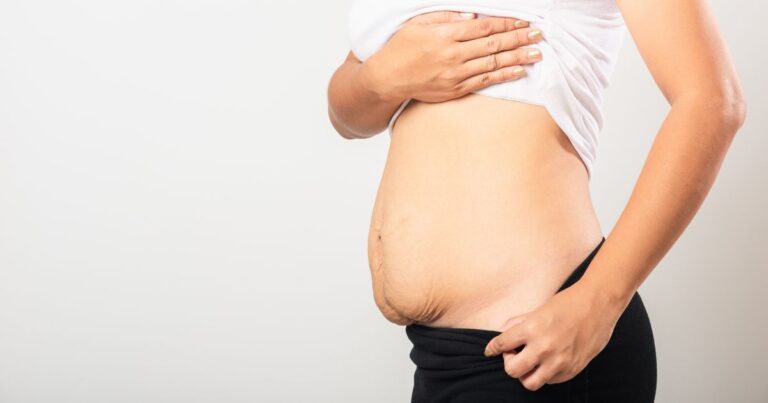Liposuction is a popular cosmetic procedure that helps individuals remove stubborn fat deposits and achieve a more desirable body shape. While most liposuction procedures are successful, uncertainties can occur. Recognising the warning symptoms of liposuction is critical to address any problems as soon as possible.
In this post, we’ll look at warning signals to look for and offer tips on how to avoid and treat issues.
Warning Signs of Liposuction Gone Wrong
Excessive Swelling
While some swelling is expected after liposuction, excessive or prolonged swelling could be a sign of a complication. A healthcare professional should address swelling that doesn’t subside within a few weeks or worsens over time.
Infection
Infections are a possible risk following any surgery, including liposuction. Keep an eye out for the following signs of infection:
Book A Consultation With Dr Tarek Bayazid
Top-rated Plastic Surgeon For Liposuction in Dubai
Installment Plan Available
Fever
A degree of 100.4°F (38°C) or higher, particularly if accompanied by a cold, is a probable indicator of infection.
Foul-smelling Discharge
Discharge from the incision site with an unpleasant odour may indicate an infection.
Poor Wound Healing
If your incisions aren’t mending correctly, there could be an issue. Keep an eye out for wounds that are sluggish to heal, have persistent redness, or are incredibly uncomfortable.
Asymmetry
Liposuction can help you attain a symmetrical and balanced appearance. Uneven contours, lumps, or bumps in the treated areas could indicate that something went wrong during the operation.
Skin Discoloration
Bruising is to be standard right after liposuction, but if the colouring of your skin persists or worsens, you may have a severe issue.
Seroma Formation
A seroma is a pocket of clear fluid that can develop at the surgical site. While small seromas may resolve independently, larger ones may require medical intervention.
Excessive Scarring
Some scarring is expected after liposuction, but raised thick or discoloured scars could indicate a complication.
Prolonged Pain
The pain of any severity or duration after liposuction necessitates prompt medical attention. However, most patients have only mild discomfort.
Numbness or Tingling Sensation
Temporary numbness or tingling sensations are normal after liposuction. However, these feelings might indicate nerve damage or another issue if they last or worsen over time.
Unsatisfactory Results
It may be a sign that the treatment didn’t go as intended if you’re unsatisfied with your liposuction results, such as uneven fat removal or skin dimpling.
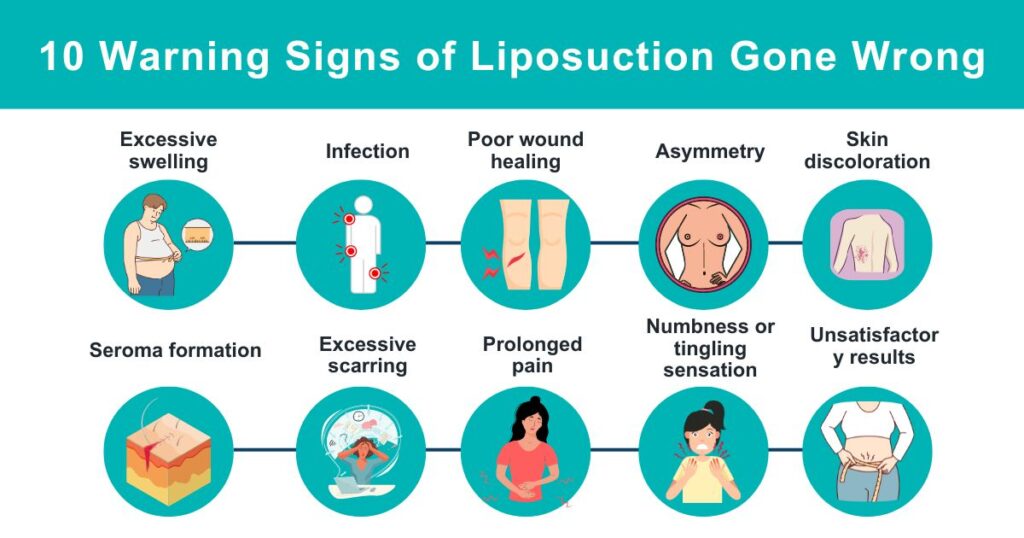
Prevention and Treatment
You can improve the quality and safety of your liposuction procedure by remembering the following tips:
Choosing the Right Surgeon
Select a qualified, experienced, and board-certified best plastic surgeon to perform liposuction. Do extensive research, read reviews, and get before-and-after pictures for the best pick.
Following Post-operative Instructions
Follow your surgeon’s post-operative care instructions closely, including wound care, activity restrictions, and medication usage. Proper aftercare can significantly reduce the risk of complications. Here are some more points for post-operative instructions after a lipoma removal procedure:
The Importance of a Personalized Approach
Customised Treatment Plans
Every patient is different, and a skilled plastic surgeon will take the time to understand your unique goals and concerns before developing a personalised treatment plan. By tailoring the procedure to your individual needs, you can have confidence that the liposuction process is designed to produce the best possible results for your specific situation.
Mitigating Risks
If you have any concerns about your surgeon’s qualifications, the recommended treatment plan, or the risks associated with liposuction, seeking a second opinion from another qualified plastic surgeon is a wise decision.
Warning signs to watch out for include unrealistic promises, high-pressure sales tactics, or a lack of transparent and open communication. Taking the time to find a surgeon who prioritizes personalized care and patient safety can help mitigate potential risks and lead to a more successful outcome.
When to Seek a Second Opinion
It is always important to feel confident and comfortable with your medical care. If you have concerns about your diagnosis, treatment plan, or the qualifications of your provider, seeking a second opinion can provide valuable reassurance and peace of mind. Some situations where it may be beneficial to seek a second opinion include:
Remember, seeking a second opinion is your right as a patient and can help you make more informed decisions about your health care.
Conclusion
Liposuction is a popular and effective way to remove unwanted fat and contour the body. However, complications can occur. Knowing the warning symptoms of liposuction gone wrong can help you be more prepared to handle any problems that may occur. Remember to research liposuction pricing in Dubai to ensure you’re aware of all costs involved. Choose a reputable surgeon and adhere to post-operative care instructions to minimize risks and ensure the best possible outcome.
If you’re thinking about getting liposuction in Dubai and want to ensure you’re as safe and happy as possible, Dr. Tarek Aesthetics is the place to go. Our skilled, board-certified plastic doctors work hard to give our patients the best care and results possible. Don’t hesitate to request a quote today and take the first step towards a more confident, contoured you.
Discover the transformative benefits of our advanced chin liposuction in Dubai, where Dr. Tarek Bayazid employs state-of-the-art techniques to sculpt and redefine your facial contours with precision and expertise
